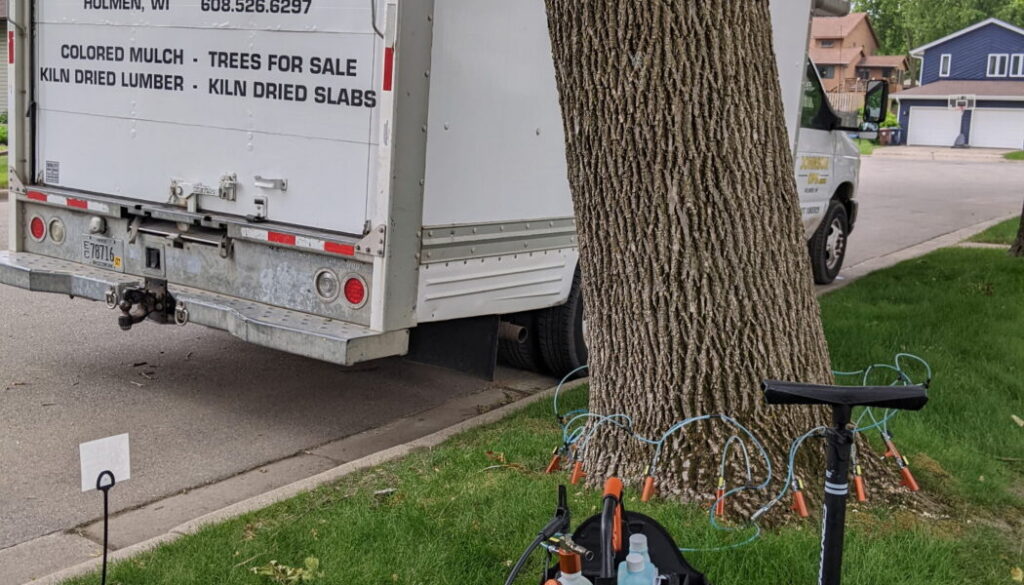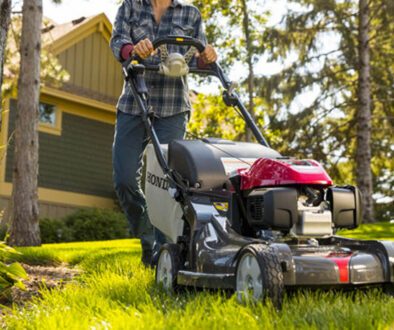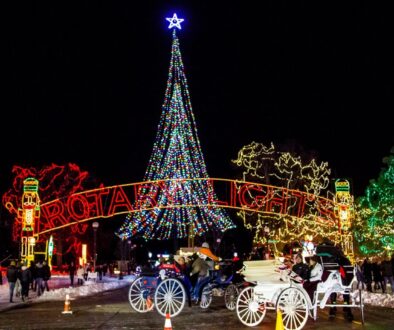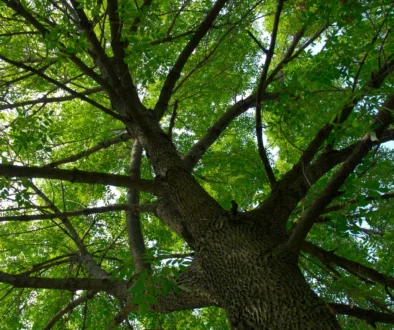The Process of Ash Tree Treatment
The Process of Ash Tree Treatment. Primarily aimed at protecting against the Emerald Ash Borer (EAB), generally involves the following steps:
1. Assessment and Planning:
- Tree Health Evaluation: A certified arborist assesses the overall health and condition of the ash tree, including the extent of EAB infestation if any.
- Determine Treatment Viability: Based on the assessment, it’s determined if the tree is a suitable candidate for injection treatment.
- Select Insecticide: The arborist selects the appropriate insecticide, often emamectin benzoate or imidacloprid, based on factors like tree size, infestation level, and desired protection duration.
- Timing: Treatments are typically recommended when EAB is active, generally from late spring through early fall.
- Injection System: The appropriate injection system (e.g., Arborjet, Chemjet) is selected based on factors like tree size and the chosen insecticide.
2. Injection Process:
- Drilling: Small holes are drilled into the trunk of the ash tree, typically near the base.
- Injection: The insecticide is injected into the drilled holes using the chosen injection system.
- Distribution: The insecticide is then taken up by the tree’s vascular system and distributed throughout the canopy.
3. Post-Treatment:
- Monitoring: The treated ash trees should be monitored for EAB activity and overall health.
- Repeat Treatments: Depending on the insecticide used and the EAB pressure in the area, injections may need to be repeated every one to three years to maintain protection.
Important Considerations:
- Professional Application: It is highly recommended that ash tree injections be performed by a certified arborist with experience in EAB treatment.
- Effectiveness: Trunk injections are considered highly effective for preventing EAB infestation and can even help lightly infested trees recover.
- Cost: The cost of EAB treatment is based on tree size.
- Environmental Impact: It’s important to be aware of the potential environmental impacts of insecticides used for EAB treatment, including the potential effects on non-target organisms like honeybees.
Note: It is crucial to consult with a qualified arborist for personalized advice regarding EAB management and treatment options for ash trees in Wisconsin.
Contact Johnson Ops Tree Care for an evaluation of your Ash Trees. One of our Certified Arborist can meet with you.




